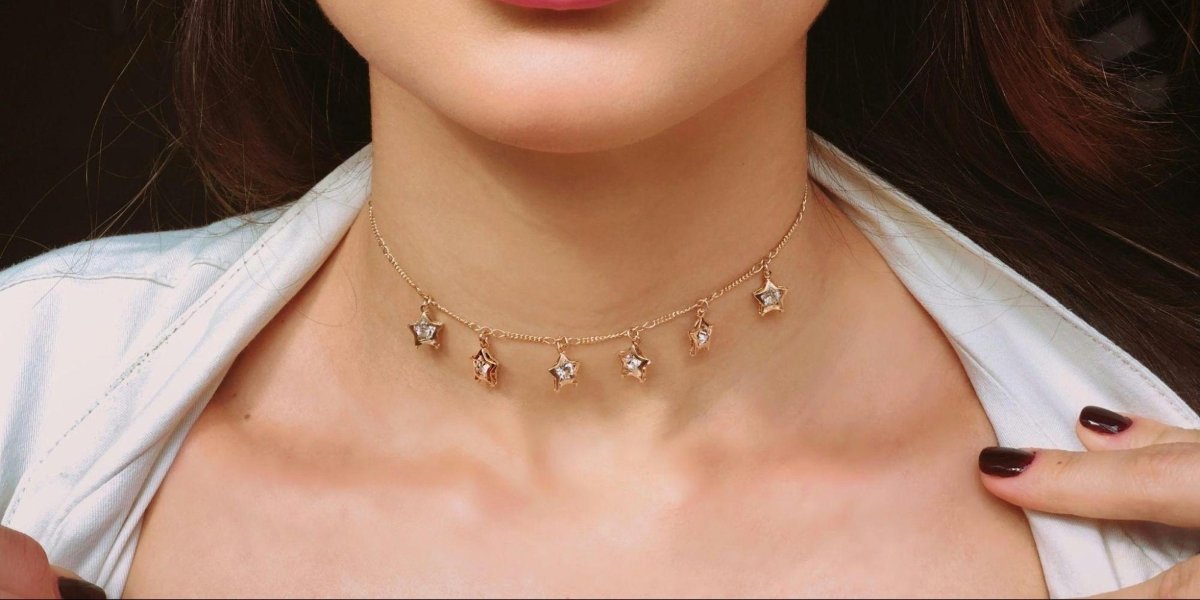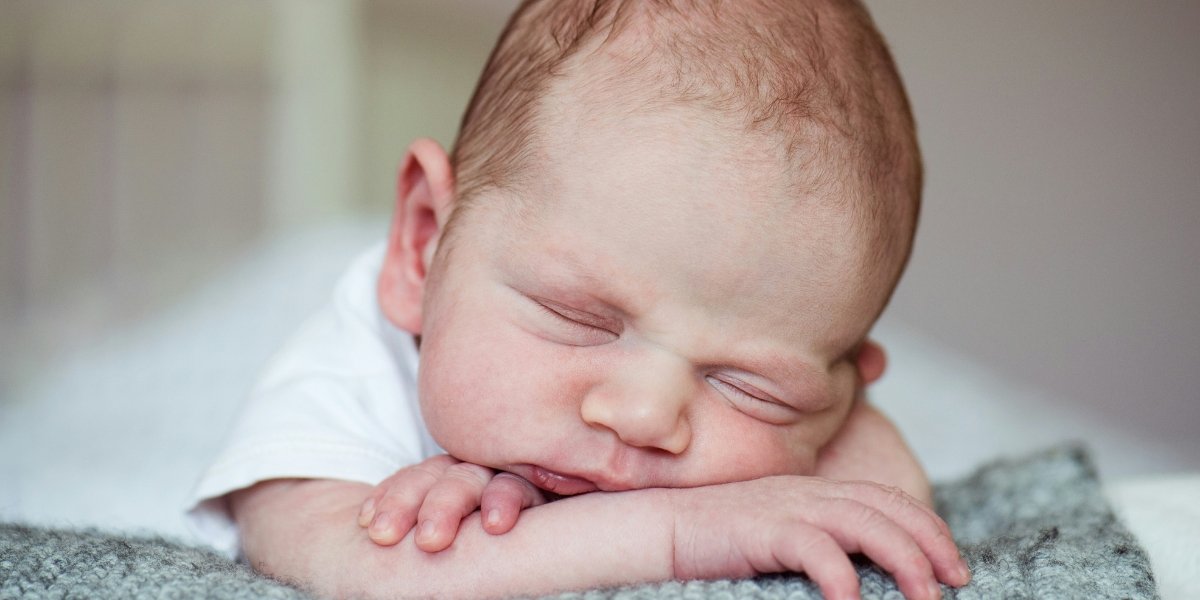The Golden Age of Glamour: Redefining Femininity and Fashion in 1950s Modeling
The 1950s represent one of the most influential eras in fashion history, often celebrated as the Golden Age of Glamour. This decade was a turning point, redefining femininity and reshaping the fashion and modeling industries in ways that still reverberate today. Models were no longer just mannequins for clothes; they became cultural icons who shaped and reflected the evolving ideals of beauty, grace, and womanhood. Their influence extended beyond the runway and pages of fashion magazines, affecting social norms, media, and even the self-image of women worldwide. This article explores the defining features of 1950s modeling, how it transformed fashion and femininity, the role of media, and its lasting impact on culture and style.
Read Also: How Walk Styles Fit Into Different Fashion Shows
What Made the 1950s the Golden Age of Glamour?
After the hardships and austerity of World War II, the 1950s ushered in a period of renewed optimism and prosperity. Society craved elegance, refinement, and beauty, which translated directly into fashion. The modeling industry blossomed, with models gaining celebrity status for the first time. Figures like Dovima, Jean Patchett, Suzy Parker, and Lisa Fonssagrives emerged as muses for top designers and photographers, appearing on magazine covers and in campaigns that captured the public imagination.
This era emphasized polished and poised looks. Models presented clothes that were not merely functional but aspirational, embodying an ideal lifestyle marked by grace and sophistication. Photographers like Richard Avedon and Irving Penn elevated fashion photography to an art form, capturing dynamic, emotionally expressive images that drew viewers into the narrative of glamour. Models were more than fashion plates; they became symbols of the era’s cultural values and aspirations, inspiring women to embrace a new ideal of femininity.
How Did 1950s Fashion Redefine Femininity?
The 1950s fashion revolution redefined femininity with a fresh, iconic silhouette. Christian Dior’s “New Look,” introduced in 1947 but reaching full influence in the 1950s, was pivotal. Characterized by cinched waists, full skirts, and soft shoulders, this silhouette celebrated an hourglass figure that emphasized curves in a way that felt both elegant and empowering. This style presented femininity as a balance between strength and softness, refinement and accessibility. Women were encouraged to embody poise and grace while enjoying the post-war economic boom, which allowed greater consumer freedom.
Accessories such as gloves, pearls, and hats complemented the look, while makeup trends highlighted red lips and defined eyes, enhancing the polished appearance. This redefinition of femininity extended beyond fashion; it influenced social expectations, etiquette, and even the arts, setting a standard that shaped cultural identity.
What Role Did Media and Advertising Play in Shaping 1950s Modeling?
Mass media in the 1950s played a crucial role in amplifying the reach and impact of models and fashion. Fashion magazines like Vogue, Harper’s Bazaar, and Life became cultural touchstones, showcasing the latest styles alongside glamorous photographs of models who were increasingly treated as celebrities. Television, which was becoming a household staple, brought fashion and beauty into living rooms across America and Europe. Programs and commercials began to feature models endorsing cosmetics, clothing, and lifestyle products, intertwining fashion with daily life and consumer culture.
Advertising during this era connected femininity with consumption, portraying fashionable women as happy, desirable, and fulfilled. This symbiotic relationship between media and modeling helped solidify the visual language of glamour. Hollywood’s influence further popularized these ideals, with stars emulating and setting trends that the fashion world eagerly adopted.
How Did 1950s Modeling Influence Social and Cultural Attitudes?
While the 1950s glamorized a particular vision of femininity—often centered on domesticity and elegance—modeling also introduced subtle shifts in how women saw themselves and their potential roles. Models of the decade were professionals who navigated public attention, demanding poise, discipline, and charisma. This visibility challenged the notion that a woman’s place was strictly in the home by presenting examples of women who were independent and influential in their own right.
The fashion industry began to explore a broader range of beauty standards, even if modestly. While the era largely upheld conventional ideals, it planted seeds for more inclusive and diverse representations in the decades to follow. In this way, 1950s modeling both reinforced and slowly expanded cultural attitudes about womanhood, setting the stage for future transformations.
What Lasting Impact Did the Golden Age of Glamour Have on Fashion and Modeling?
The legacy of 1950s modeling is profound and far-reaching. The era established foundational principles of style, presentation, and professionalism that continue to influence the fashion industry. The rise of fashion photography as a major artistic and commercial force traces back to this period, setting standards for visual storytelling and the use of models as both muses and collaborators.
The notion of the model as a celebrity began here, paving the way for the supermodels of later decades. Personalities, unique styles, and public presence became as important as physical appearance, a shift that transformed modeling into a complex cultural phenomenon. 1950s fashions and silhouettes remain iconic, regularly revisited and reinterpreted by contemporary designers, proving their timelessness.
Read Also: The Prestige of a Hollywood Walk of Fame
Why Does 1950s Modeling Continue to Captivate Today?
Today, the allure of 1950s modeling endures because it represents a unique blend of nostalgia, artistry, and cultural significance. The era’s polished elegance contrasts sharply with today’s fast-fashion and casual trends, offering an aspirational vision that many find inspiring. Contemporary fashion frequently draws on 1950s aesthetics—full skirts, tailored waists, and glamorous accessories—highlighting the lasting appeal of that decade’s style.
Moreover, the stories of iconic models and photographers from that era provide insight into the evolving roles of women, the power of media, and the complex interplay between identity and image. The Golden Age of Glamour remains a vital chapter in fashion history, continuing to influence and inspire designers, artists, and audiences worldwide.














